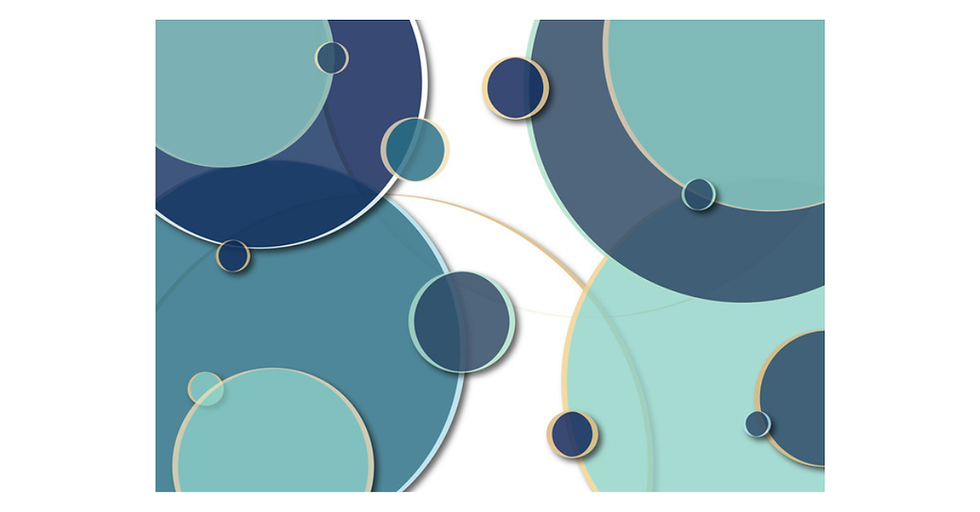How Big Is Your Leadership Container?
- Russell Fitzpatrick, PhD

- May 7
- 3 min read
What if the real reason you feel overwhelmed isn't your workload, your inbox, AI adoption, or the pace of change? What if it's your container? Every leader has one. Imagine that your mind, consciousness, and perception all fit into a one-gallon glass container.
With continuous learning (and coaching), you can rewire the pathways inside that container and optimize how you think and process information. But no matter how efficiently you reorganize, you’re still working within the same one-gallon space.
Expanded perception makes the container bigger. It allows you to go from one gallon to two, increasing not only how you process information, but how much you can hold in the first place.
Finding a way to make sense of, and lead others through, our rapidly changing AI-augmented world requires an expanded container. So how do you expand it?
Try this:
Perception Expansion Exercise
Choose a problematic or negative recurring thought, judgment, or belief you have at work (e.g., “This project is overwhelming.”)
Break it down so you really understand what’s bothering you. What assumptions or emotional triggers are embedded in the thought?
Create a metaphor for the experience. Metaphors are powerful tools for growth because they engage multiple brain regions. By mapping new ideas onto familiar concepts, metaphors activate neural pathways that make complex information more memorable, relatable, and easier to integrate.
Flip the metaphor by reframing it from reactive to empowered.
If it’s “a runaway train,” could it become “a sailboat”?
If it’s “a mountain,” could it become “a staircase”?
If it’s “a trap,” could it become “a threshold”?
Reflect: How does this reframe shift your emotional response? What becomes newly possible?
Real-Life Example
Situation: A senior leader is overseeing a high-stakes product launch with tight deadlines, cross-functional team friction, and unclear messaging.
The recurring thought: “This project is a mess. I’m not sure it’s going to work—and worse, I don’t even know how to fix it.”
Breaking it down: “We’re behind on timelines.” “I don’t trust the communication between Marketing and Product.” “I feel pressure from the C-suite to perform, but no one’s aligned on what success looks like.”
The metaphor: “It’s a runaway train—fast, loud, and out of control.”
Flipping the metaphor: The leader pauses and reflects: If the runaway train is the project, what could it become instead? She turns to her AI collaborator to help generate alternative metaphors. Integrating her right-brain insight (big picture) with her left-brain structure (details), she considers, instead of a runaway train, perhaps the project could be seen as:
A guided monorail with designated checkpoints
A relay race with baton passes instead of a solo sprint
A sailboat—still fast, but responsive to shifts in wind
She chooses: “It’s a sailboat. I can adjust the sails—I don’t have to stay stuck on the tracks.”
Reflection and shift: This reframing gives her a new role: not a passenger on a runaway train, but the skipper of a fast, dynamic vessel. She asks herself: “If I’m the skipper, what one adjustment could I make this week?” Her answer: “I need to stop reacting and start steering.”
What Just Happened?
That simple reframe expanded her perception. Over time, the repeated use of reframing and metaphor rewires the brain’s default pathways. This is neuroplasticity in action. It’s how we shift from outdated cognitive habits to more adaptable, expansive ways of leading.
You’re not just changing how you think. You’re expanding your capacity to lead.
Watch for My New Book:
The AI-Enhanced Leader: How to Upgrade Your Thinking and Leading
Launching June 10, 2025.
Join the waitlist: https://bit.ly/42CGU8D




Comments